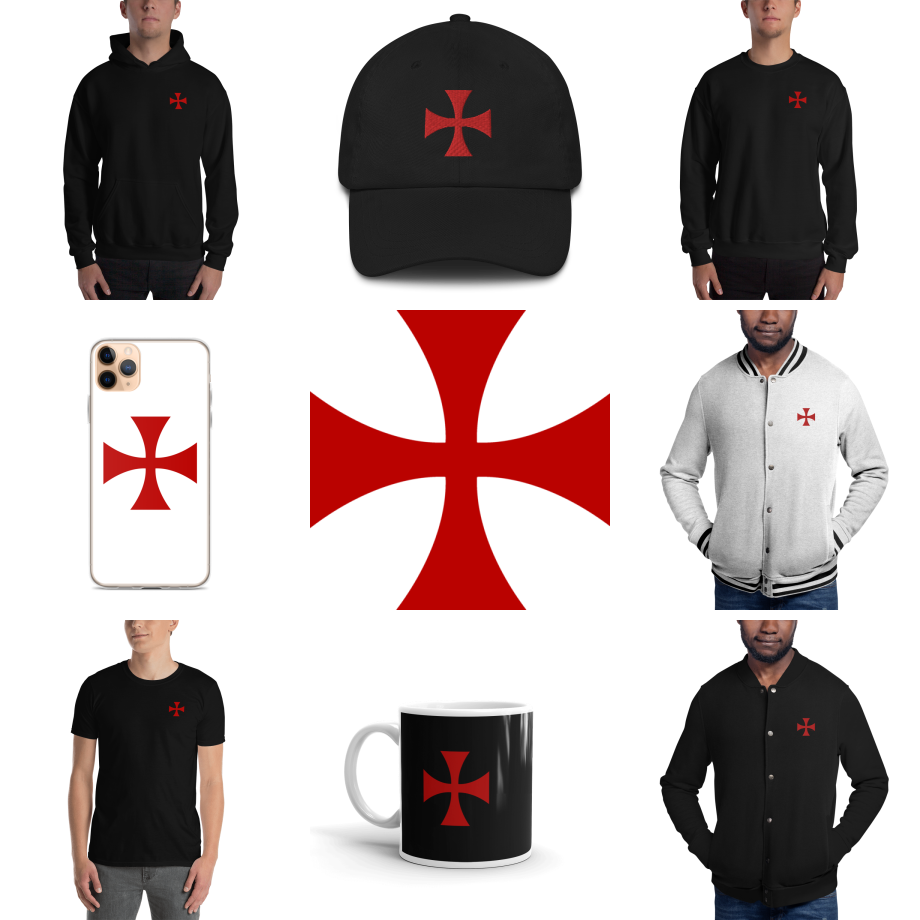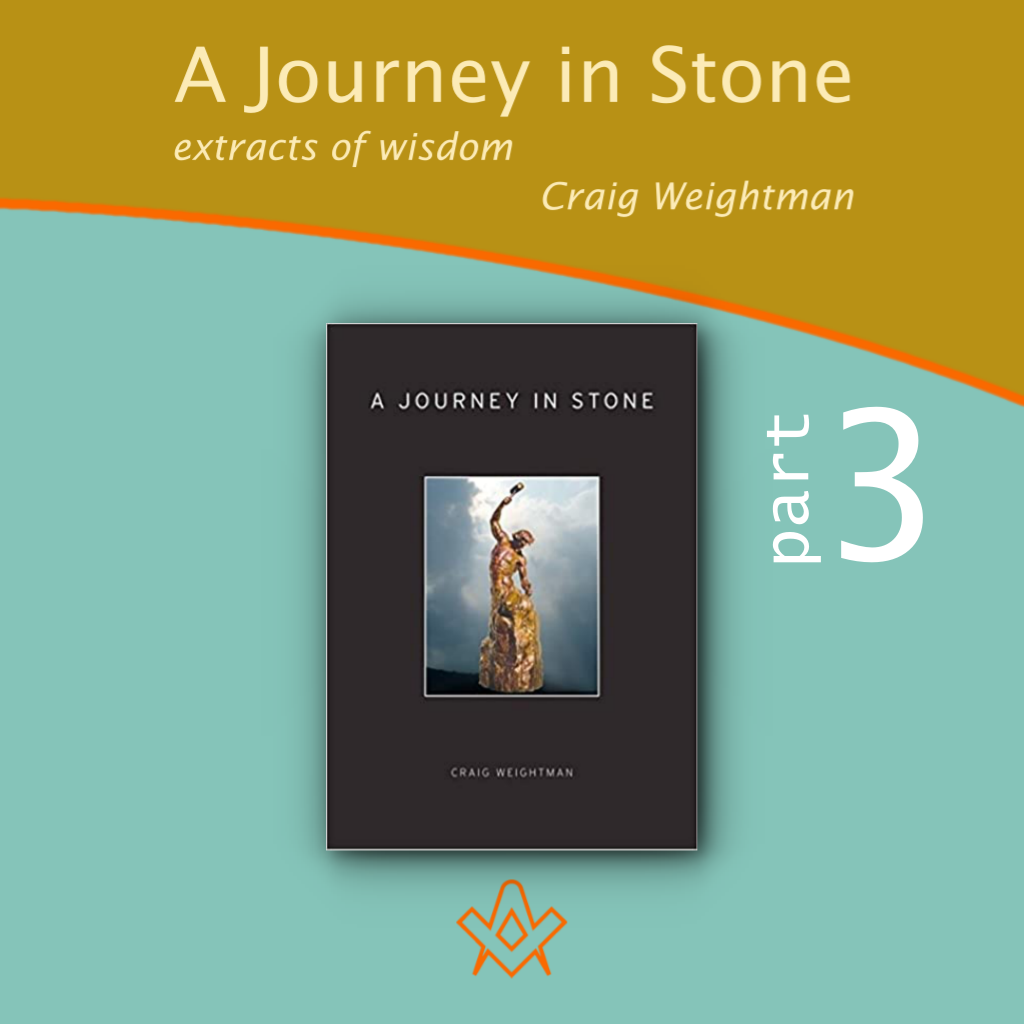For those who have enjoyed Craig Weightman’s thought-provoking and inspiring monthly features, this book collates his collective wisdom and philosophy, taking you on a fascinating ‘journey in stone’.
Over the next months, we will feature select extracts from ‘A Journey in Stone’ – if you enjoy these, please support Craig’s work by buying a copy.
“This book is the result of years of exploration by myself since I joined the Order of Freemasons in 2004. After following an identical story to the one expressed at the beginning of this preface, I found the process of initiation a truly transformative process.”
Craig Weightman.
A Journey in Stone
Edited and abridged from Chapter 2 – The Rough Ashlar
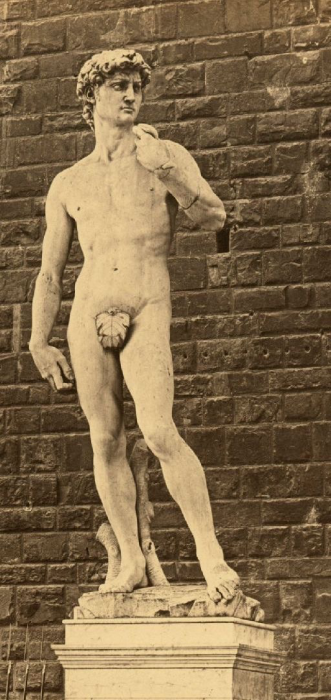
By John Brampton Philpot – Department of Image Collections, National Gallery of Art Library, Washington, DC•Catalog:
IMAGE LINKED: https://library.nga.gov/ Attribution 4.0 International (CC BY 4.0)
When Michelangelo began working on his statue of David it is said that he spent a lot of time just sitting there, looking at the huge block of marble.
One day his commissioners spotted him apparently idling, and went up to him to ask him why he didn’t seem to be doing any work.
Michelangelo replied that he was working. He was imagining the form of the statue within the marble block so that he knew which parts he needed to chip away.
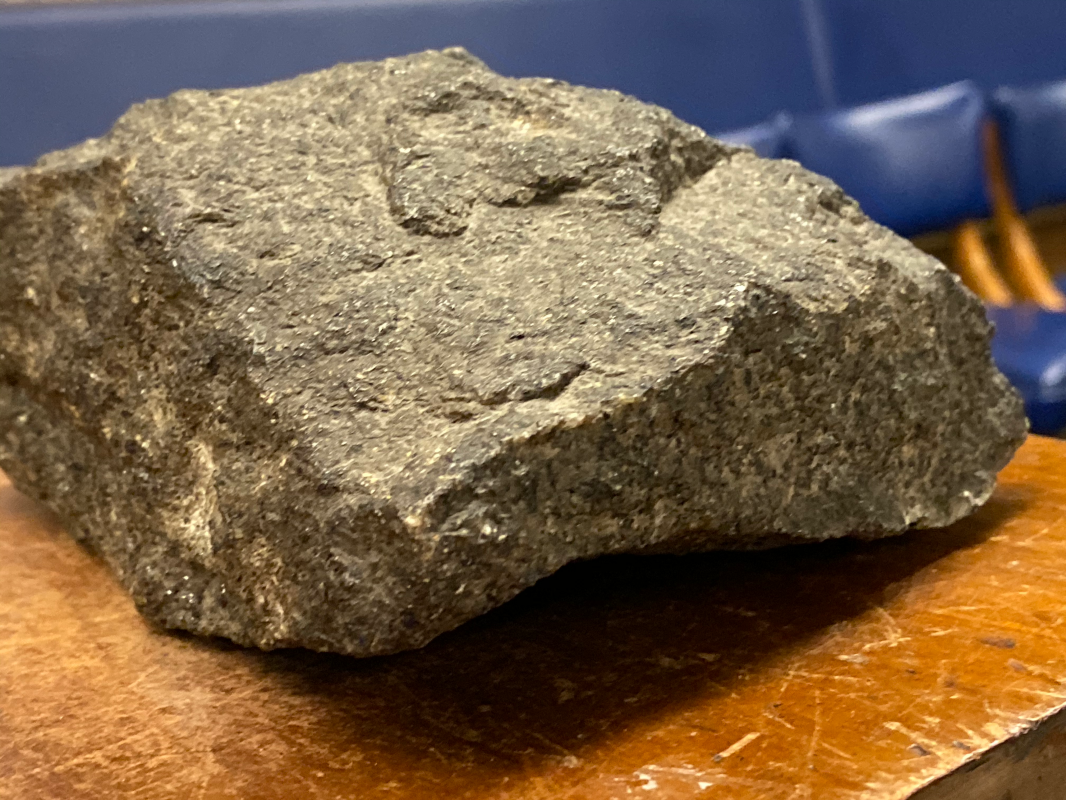
This story tells us something about the symbolism of the rough ashlar, namely that it represents the Masonic Candidate before he goes through the first stage of his initiation, and that he is like a stone taken fresh from the quarry within which there is an ideal form waiting to be revealed.
Freemasonry, then, is the work that is done on the rough ashlar to bring out the new form. The new form within represents the individual’s potential to be something more than what he is.
Society relies on its individual members, and the more each person can do to benefit that society, the more that society will benefit as a whole. However, this hidden potential is buried away, deep inside.
It is hidden even from the individuals themselves. Generally speaking, human beings grow up with the idea that they must get a job in order to earn money, in order to have a decent life.
The better educated a person is, the better job they can have. Whilst this is true, perhaps the focus of the individual needs to shift.
Instead of learning things that will aid the pursuit of money, perhaps a better way of looking at everything is for a person to look within and understand what talents they have.
Then the focus would be to develop these inner talents in order to see how they can be directed to serve society in the best way possible.
No one gives us an instruction booklet when we enter this world, and we are all finding our way in the dark, taking our cues of how to live life from those around us.
The thing is, those people around us are doing exactly the same thing that we are.
The rough ashlar represents the person who has lived life so far in this normal way, and has perhaps given very little thought as to the potential that really lies inside.
Finding talents that lie within and developing them is a far better way of leading a more fulfilling life.
All work that is performed from this point of view becomes an extension of the person. Rather than being viewed as ‘work’, the person finds that they are doing what they love to do.
This feeling of doing what they love allows the person to be happy in their jobs. A person utilising the talents they know they have makes every job full of purpose.
Freemasonry can take the raw material in a person and, as the meaning of the symbolism in Freemasonry begins to do its work, the person can slowly uncover who they really are and what they are capable of doing.
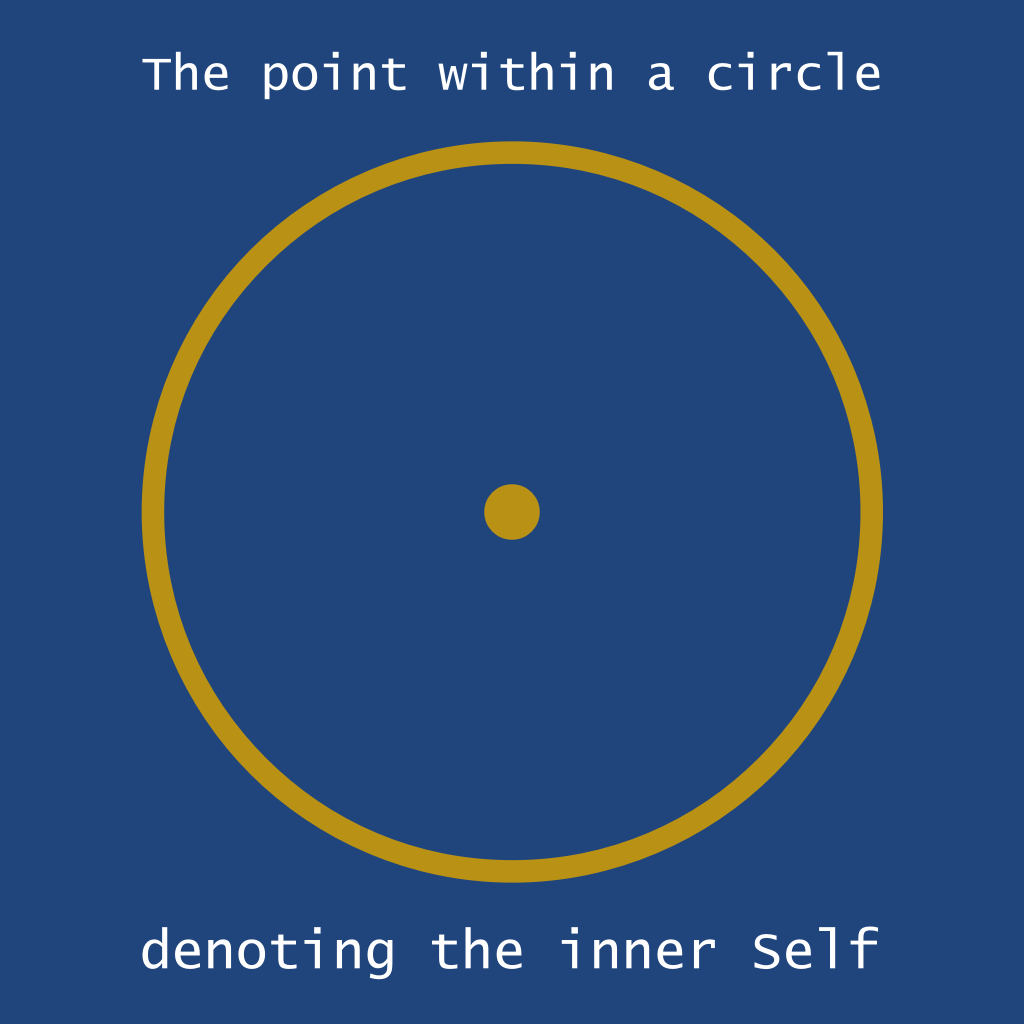
Furthermore, as we have seen, many cultures throughout the ages have believed that there is something deeper to reality than can be uncovered and understood at the personal level.
This deeper essence answers the question ‘why is it that there is something rather than nothing?’
Being a part of the material universe, it makes sense that a human being also shares this essence as the ground of their being.
A human being also has the capacity to be conscious and self-aware. This puts us into a unique position to detect this essence.
Detecting this essence, though, requires effort and industry. It requires us to be able to dig down into ourselves and chip away until the inner reality is revealed.
After concerted effort, the Freemason may come to an understanding of where this essence lies within themselves.
Potentially, this can be very productive. Feeling this ‘centre’ of being can help us navigate life with an element of understanding.
Being aware of this essence can help us understand the world around us in a personal way. We can utilise this faculty to gather innate understanding. This is the true meaning of the term ‘wisdom.’
The idea that the source of wisdom is an elusive underlying force that cannot be apprehended but only used is not restricted to ancient China.
Hermetic philosophy, which is believed to have arisen in ancient Egypt, held that the whole of existence has its being in a universal mind. It also maintained that there is a macrocosm, i.e. the wider universe, and a microcosm, the human being.
Everything that existed was in the mind of the ‘All’, but the ‘All’ was also in all. This was the way in which they understood the immanence of the ground of all being.
To understand the All, the human being could delve within their own mind in order to find it. Again, wisdom could be gained from this All, once found.
Gaining insight and wisdom from delving deep within is the point of initiation, and this is no different in Masonic initiation.
The difference is that the symbolism of carving stone to reveal what is within is used as a perfect metaphor for this purpose.
A life lived with wisdom is one that is lived with understanding and of useful service to others.
The irregularity of the rough ashlar demonstrates that there are many things that must be ‘chipped away’ before the deeper wisdom can be approached.
Service to others should ideally be the focus of a person entering Freemasonry. To this end, a person should already give evidence of the necessary faculties expected in a Freemason.
In building and stonework, the blocks of stone that were selected from the quarry to be worked on had to be of the best quality available. This means that they had to contain no essential faults, like cracks and weak spots.
This is obvious, because if a building was indeed to be made out of such blocks, there would be no way to ensure that the structure would be stable. The selection of the block from the quarry is the symbolism of the selection of the Candidate.
Before a Candidate enters Freemasonry, it is important that certain qualifications have
been met. The first qualification is that they believe in some sort of supreme being.
As we have previously mentioned, it doesn’t matter what sort of supreme being is believed in, so long as the Candidate believes in something greater than themselves.
This is because of the tradition of initiation that is associated with Freemasonry, that is to help reveal the nature of that force within the Initiate’s life.
It is unlikely that a Candidate who doesn’t have any belief in a supreme being will appreciate the process in its fullest sense.
Also in Freemasonry, there is reference to biblical stories, along with prayers to God, therefore if an atheist joined Masonry this would appear as an irrelevant aspect and none of the story of Masonic initiation would necessarily make sense.
Another qualification expected of the Candidate is that they should have no past criminal record.
If a Candidate did have a criminal record then this might mean that the foundation of the moral character of the prospective Mason was not guaranteed to be stable.
This may seem harsh because, if Freemasonry’s aim is to improve a person morally, then surely it should be open to those who have made mistakes in the past?
Although Freemasonry does seek to improve moral conduct, it does state that a person should first be prepared to be made a Mason ‘in their heart.’
This means that there should be some sense of strong morality in place for Freemasonry to work on. Freemasonry does not seek to teach morality from scratch, but is meant to develop a positive morality that is already in place.
The idea that morality is already present and ready to be honed can be seen as a raw material to be worked on.
The stonemason working on a building-site does not create the stone to be worked on: instead, he selects it and crafts it.
Similarly, Freemasonry does not create morality, but seeks to craft it with its symbolism.
The other qualifications that a Candidate must have to join Masonry are to be of mature age, and of sound mind.
These two stipulations are only required because of the developmental nature of Freemasonry, which requires a mature attitude and an ability to mentally process the philosophies within the tradition.
More specifically, the moral character of the individual should be well known enough to recommend them for membership.
This is why the Candidate must have a proposer and seconder, who are already members, who can vouch for their character. If it is known that the Candidate for Freemasonry has acted in an immoral way in the past, then they should not be recommended to join.
Once the Candidate’s general moral integrity has been affirmed they are now represented as the rough ashlar, not having any cracks or faults, and then and only then can they be considered for membership.
However, there is still a lot of work to be done. The rough ashlar is just a rock that has been cut from the Earth. It is still a long way from being able to be considered as a worthy building element.
It is still rough in appearance, and this represents the irregular nature of the Candidate’s existing morals.
Although the Candidate might believe that they are a decent and moral person, they have still, so far, been finding their way through life using a moral system that has been picked from the many sources around them.
Everything we do is a product of the past experiences we have had. As we move through life we often have an unacknowledged sense of insecurity, and we automatically tend to develop mechanisms that help us build walls around these inherent weak spots.
A person might, for instance, develop the characteristic where they like to be right about things.
The accumulation of knowledge might be very important to them, so much so that they begin to base their entire sense of self-worth on being ‘the one who knows the answers.’
This person will do everything they can to prove themselves right (and therefore useful) to others.
There are downsides to this, however. When a person like this is proven wrong, it can cause them to have issues with self-doubt because they have tied a sense of who they are to the ability to have knowledge about things.
This means that the ego will try to prove it is right, even if that person has little knowledge about the particular topic at hand.
When the person is absolutely proved wrong about something, their ego or sense of Self feels damaged, but only because they have invented a sense of who they are out of the concept of the accumulation of knowledge.
We have all met people like this, and we may even find that this, in some way, describes ourselves.
These people take many forms, such as the person who has built their self-image around being good at sport, or business, or cooking, or whatever it may be.
An artificial sense of Self that is tied too closely to the things that we present to the world can be too prone to damage.
To avoid this, the Masonic Candidate must learn to delve into themselves and, in the process of understanding what talents they possess and how they can express them, understand that this does not define ‘who they are.’
The identity of the Self is a very mysterious thing and cannot easily be pinned down.
As long as the individual can disassociate themselves from those things they are good at then they will develop a deeper sense of confidence that is innate, despite how people see them.
When a Candidate first enters Freemasonry then they are entering a way of life that involves the mindful crafting of oneself.
They will find that the journey on which they have embarked is broken down into three constituent parts or Degrees.
Each one of these parts has particular symbols associated with them. The symbols we will mainly be interested in are what are known as the working-tools.
These tools were traditionally used in the working of stone, but each one has a particular meaning that enables it to be understood in terms of its use in crafting the Self.
By passing through these tools, the rough ashlar of the Candidate for initiation slowly becomes the perfect ashlar of the Master Mason.
Reproduced with permission from the publisher Lewis Masonic. All rights reserved.
Follow Craig on Twitter: @WeightmanCraig
Read about Craig’s work as a Senior lecturer in Games and Visual Effects, Staffordshire University
https://theconversation.com/profiles/craig-weightman-430199/articles
Video Presentation
Article by: Craig Weightman

Craig Weightman grew up in Hinckley, Leicestershire and was educated at the University of Leicester, gaining a degree in Psychology and Computer Science.
He was initiated into Freemasonry in 2003, and became master of his lodge in 2014.
Outside of his interests in Freemasonry, Craig is a lecturer in Computer Games Design and Computer Science at a college in Warwickshire. He also develops websites for businesses.
Craig is the author of 'A Journey in Stone'.
 A Journey in Stone – Extracts of Wisdom p.10 More extracts of wisdom from Craig Weightman's book 'A Journey in Stone' – in this final part in the serialisation, we discover the Transformative Symbolism of the Royal Arch – and the end of the journey. |
 A Journey in Stone – Extracts of Wisdom p.9 More extracts of wisdom from Craig Weightman's book 'A Journey in Stone' – this month, we explore the 'Illusion of the Self and the Truth of Interdependency' |
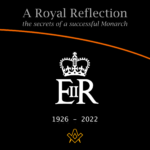 A Royal Reflection – the secrets of a successful Monarch On the death of Her Majesty Queen Elizabeth II, Craig Weightman, in a fitting tribute to an exemplar, recently departed, reflects on how the late Monarch's life demonstrated how we should all live every moment, as we serve others. A poignant reflection on a life that was resplendent in virtue, to the benefit of all, which is what Freemasonry attempts to teach us. |
 A Journey in Stone – Extracts of Wisdom p.8 More extracts of wisdom from Craig Weightman's book 'A Journey in Stone' – this month, we explore |
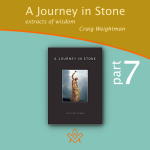 A Journey in Stone – Extracts of Wisdom p.7 More extracts of wisdom from Craig Weightman's book 'A Journey in Stone' – this month, we explore |
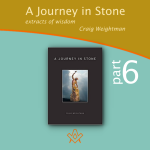 A Journey in Stone – Extracts of Wisdom p.6 More extracts of wisdom from Craig Weightman's book 'A Journey in Stone' – this month, we explore the Working Tools of the Third Degree. |
 A Journey in Stone – Extracts of Wisdom p.5 More extracts of wisdom from Craig Weightman's book 'A Journey in Stone' – this month, we explore the Working Tools of the Second Degree. |
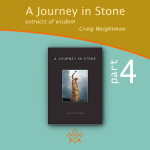 A Journey in Stone – Extracts of Wisdom p.4 The Working Tools of the First Degree – the twenty-four-inch gauge. This book collates masonic author and psychologist, Craig Weightman's collective wisdom and philosophy, taking you on a fascinating 'journey in stone'. |
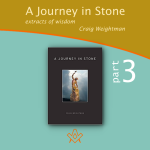 A Journey in Stone – Extracts of Wisdom p.3 This book collates masonic author and psychologist, Craig Weightman's collective wisdom and philosophy, taking you on a fascinating 'journey in stone'. |
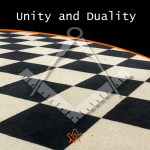 Craig continues his previous exploration into the 'hero's journey' through life's travails; this month we discover how within the stormy sea of battling opinion and confusion, there is an island called Freemasonry. |
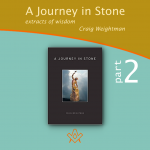 A Journey in Stone – Extracts of Wisdom p.2 This book collates masonic author and psychologist, Craig Weightman's collective wisdom and philosophy, taking you on a fascinating 'journey in stone'. |
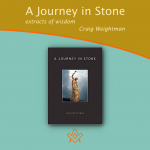 A Journey in Stone – Extracts of Wisdom p.1 For those who have enjoyed Craig Weightman's thought-provoking and inspiring monthly features, this book collates his collective wisdom and philosophy, taking you on a fascinating 'journey in stone'. |
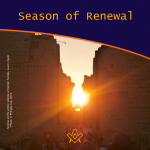 This spectacle takes place at the same time every year. Literally, the sun 'dies' for three days, then is reborn on the Christmas morning. |
 Coming to Terms with the Great War Within Ourselves Discover your 'shadow' - the black-and-white path to self-awareness - "A man who is possessed by his shadow is always standing in his own light and falling into his own traps...living below his own level." - Carl Jung |
 The Masonic Art of Being a Gentleman What defines the masonic art of being a gentleman; a chivalrous, courteous, or honourable man? |
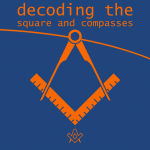 Decoding the Square and Compasses The square and compasses is the most famous symbol with which Freemasonry is identified. However, this is not just a logo that helps the organisation to stand out from the rest. |
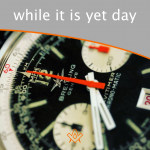 Each moment is a gift that you can make the most of. We can all do more; many of us do not live our lives to the full. |
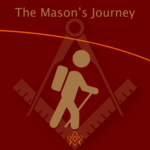 The hero’s journey can also be seen in the Masonic system; a candidate first considers embarking on the Masonic journey but wonders whether it is really for him |
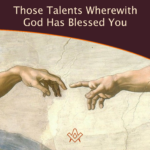 Those Talents Wherewith God Has Blessed You Incorporated in the charge to the initiate, has a lasting impression of what Freemasonry is all about. |
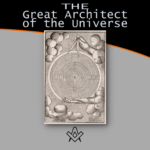 The Great Architect of the Universe When a candidate for 'Regular' Freemasonry is interviewed, prior to being admitted, he is always asked if he believes in a Supreme Being. |
masonic knowledge
to be a better citizen of the world
share the square with two brothers

click image to open email app on mobile device
